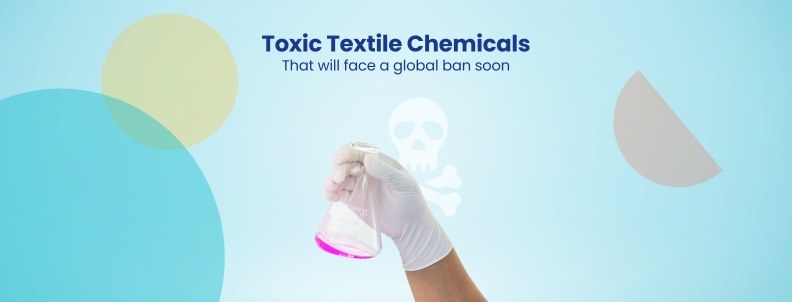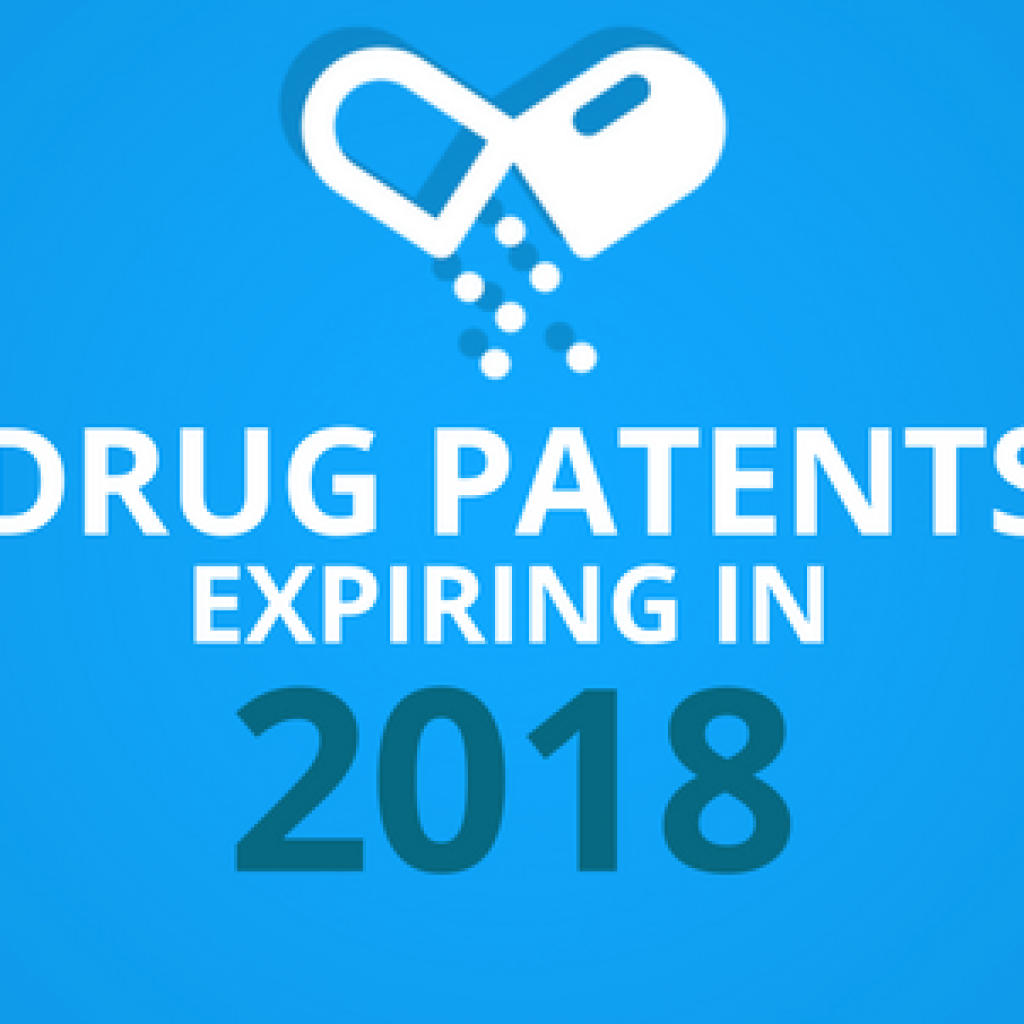In 2023, a complete ban on PFAs in all consumer goods was announced in the US, driven by health concerns. Initially banned in food packaging, PFAs (per- and polyfluoroalkyl substances) faced many restrictions later. This included cosmetics and textile items, encompassing clothing, accessories, handbags, etc. PFAs have been one of the majorly used chemicals in the textile industry.
The use of PFAS in textile production accounts for about 50% of the global use of PFAS. Therefore, global bans are likely as evidence mounts against PFAs. But the fight against these harmful chemicals doesn’t end here.
Within the textile industry, numerous other substances present risks to both humans and the environment. However, their usage remains majorly unrestricted.
We assessed various chemicals used in the textile industry, considering factors such as biodegradability, bioaccumulation potential, health-related effects, and governmental restrictions to identify which other chemicals may face the same fate as PFAs.
This article is a preview of the complete analysis of these textile chemicals.
Want to access the complete details, including the bioaccumulation potential, chemical bonding strength, government restrictions, and indicators of a global ban on these textile chemicals? Fill out the form below, and we’ll deliver it to your inbox.
Toxic Textile: Chemicals that will potentially be banned soon
The table below lists all the chemical substances used in textiles that may be banned soon.
| Material | Application areas | Biodegradable | Health side-effects |
| Tris(2-chloroethyl) phosphate (TCEP) | Upholstery | Curtains | Bedding | Automotive Textiles | No | Carcinogenic | Reproductive system damage |
| Tris(1,3-dichloro-2-propyl)phosphate (TDCPP) | Upholstery | Mattresses | Automotive Textiles | No | Carcinogenic | Reproductive system damage | Neurotoxin | Endocrine Disruption | Hepatic disorder | Kidney malfunction |
| Antimony Trioxide | Curtains | Upholstery | Carpets | Children’s sleepwear | No | Carcinogenic |
| Arsenic-based dyes and finishing agents | Silk Fabrics | Cotton fabrics | Wool fabrics | No | Carcinogenic |
| Di(2-ethylhexyl) phthalate (DEHP) | Raincoats | Shower curtains | Tablecloths | Shoe insoles | Baby pants | Yes | Carcinogenic | Reproductive system damage |
1. Tris(2-chloroethyl) phosphate (TCEP)
TCEP is a flame retardant widely used in the textile industry to enhance the fire resistance of fabrics and materials. However, TCEP has been under scrutiny for a long time for its detrimental health effects on humans and the environment. Multiple studies initiated by the government and private entities have revealed that TCEP can cause cancer and reproductive system damage.
Further, its non-biodegradable nature implies that it can endure in soil and water for extended periods. As it progresses up the food chain, concentrations of TCEP can amplify, presenting a significant risk to ecosystems and human well-being.
Research conducted over time has underscored the toxic impacts of TCEP on both human health and animal life.
Indicators suggesting its prohibition –
The usage of TCEP has faced restrictions by multiple government agencies in several countries, including the US and EU. The Environmental Protection Agency (EPA) is evaluating TCEP risk. The textile chemical also appears on California’s Proposition 65 list as carcinogenic. The European Union has identified TCEP as a reproductive toxicant presenting significant risks to fertility. (Source)
2. Tris(1,3-dichloro-2-propyl)phosphate (TDCPP)
Like TCEP, Tris(1,3-dichloro-2-propyl) phosphate, commonly known as TDCPP, is a flame retardant widely used in the textile industry to enhance the fire resistance of fabrics and materials. It has been studied by various government and private agencies for its harmful health effects on humans and the environment.
Significant levels of TDCPP and its primary diester metabolite, bis(1,3-dichloro-2-propyl)phosphate, have been detected in human samples of seminal plasma, breast milk, blood plasma, placenta, and urine, signifying greater health concerns. Even animal studies have revealed that TDCPP induces acute toxicity, disrupts endocrine function, and hampers the reproductive system. Studies have also revealed that 92% of samples from populations in China contained TDCPP and some other countries. (Source)
Indicators suggesting its prohibition – TDCPP has faced restrictions in the United States, European countries, and Canada, with the Environmental Protection Agency (EPA) currently conducting a risk evaluation to assess its toxicity. It has also been listed as a carcinogen on California’s Proposition 65 list.
Want an in-depth understanding of the other textile chemicals as well?
Download our report on chemical textiles by filling out the form below.
Conclusion
Given the substantial evidence pointing to the significant threat posed by these chemicals to both human health and the environment, it is essential for textile manufacturers to proactively transition to safer alternatives before facing potential bans on their use. Notably, as early as 2020, 3M took the initiative to discontinue using PFAs in its consumer textile and leather treatment line, even preceding any official proposals to phase out PFAs in textile applications.
Future Outlook
Natural substitutes for these harmful chemicals are underway. In recent years, notable research has been dedicated to developing fire retardant compositions using natural elements such as chitosan, tannic acid, phytic acid, lignin, and polydopamine. Research findings have shown promising results with Limiting Oxygen Index (LOI) values spanning 25 to 45. Thus indicating their potential suitability as replacements for conventional chemical flame retardants.
Brands like Valani, Sustain by Kat, and Cloth Foundry have already brought naturally dyed fabrics as alternatives to arsenic-based dyes to the market. Although the higher cost of naturally dyed fabrics compared to more affordable synthetic dyes has led to their somewhat restricted adoption, a noticeable change in consumer preference toward natural dyes is evident. This shift is attributed to heightened awareness of the enduring impacts of chemical-laden fabrics on human health and the environment.
Regulations have predominantly focused on restricting or banning these chemical substances, primarily in infant products. Nevertheless, given the mounting evidence of these compounds’ presence in human fluids and the substantial health risks they pose, it is plausible that government authorities will eventually be compelled to implement a comprehensive ban on these substances to ensure the well-being of individuals in the future.
The right time to find and adopt safer alternatives to these chemical substances is now.
Request a landscape analysis on these chemicals and scout for safer alternatives.
Next Read: 5 PFA Alternatives For the Textile Industry Amidst the Recent US Bans
Authored By: Suborna and Sushant, Patent Intelligence
No related posts found








